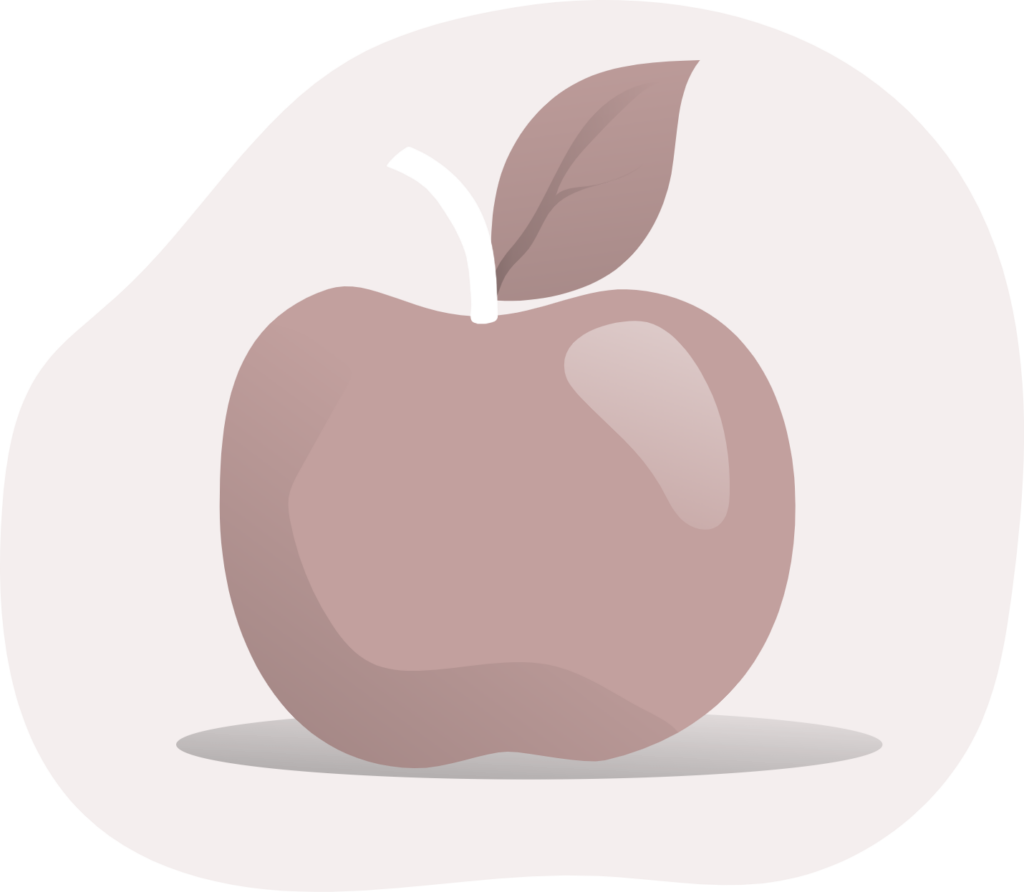Being an awfully picky vegetarian, it has somewhat been my goal to ensure my son does not end up being like me. I recall (not proud about it) how my mother used to ask me “what will you eat today?” I would either end up eating junk food or carbs. As an adult, there have been times when my husband and I could not go to a certain restaurant where he really wanted to go because there was nothing on the menu for me. The struggle is real.
After some research online (just like all other parents do at one point or the other), I learnt healthy food eating habits are developed at an early age. In this post, I am going to talk about five do’s and don’ts (based on my experience) to promote healthy eating habits.
Do
1. Introduce vegetables before fruits
This was one of the things I did not do and realized it later. When I first introduced solids to my six months old son, I offered him some applesauce followed by bananas and mangoes. Then I introduced vegetables like carrots and peas. My son was not very pleased with those. I had to spend days, offering small quantities (large quantities might be overwhelming for children) trying to make him eat carrots and peas and had to spend a lot of time for him to develop a taste and liking for vegetables. Kids can take about 10 to 20 tries before deciding if they like something or not. Introducing vegetables before fruits might be helpful for the babies to develop a taste for vegetables. Also, one must take advantage of the fact that babies/ toddlers like to put everything in their mouth which makes this age ideal for them to try new foods.
2. Set an example
To promote healthy eating habits, setting up an example is very important. For example- sitting together at the dinning table for meals and everyone eating together. The determination to not make my son a picky eater is surely making me try some new foods and is prompting me to not skip meals. I have learnt how to eat Brussels sprouts. At one point of time I hated them. The smell of it made me nauseous. However now we both enjoy eating them. Before my son started solids, I would often miss breakfast however to set a good example for him, we have now been eating breakfast together. Setting an example is important and it lets children understand that this is normal. Children learn by imitating adults.
3. Schedule meal and snack times
Having a schedule is important. Having a schedule helps the children to eat healthy and balanced meals instead of munching snacks or junk food all day long. Snacks which are served at scheduled times help to be a part of nutritious diet without spoiling the appetite during scheduled meal times.
4. Offer variety
Serve a lot of different textures, colors, flavors food. Do not give sticky or hard food to babies/ toddlers. Instead of adding salt, seasonings can be a good alternative.
5. Messy eating
Babies/ toddlers when learning to eat themselves create a lot of mess. This is normal. Have patience! Easier said than done however babies/ toddlers are very quick learners and learn by playing with things. Practice makes them perfect.
Don’t
1. Try to force foods.
2. Force the children to finish food so they can eat dessert.
3. Offer excessive sweets, candies, cookies, chips etc. as they might contribute to reduced appetite.
4. Force your child to eat something they truly dislike.
5. Limit distractions during mealtime. Instead of watching TV encourage pleasant conversations.
Sample healthy meal plan and schedule for a toddler
7:00 AM

Breakfast
Breakfast is the most important meal of the day. Whole grains, lean proteins, fruits, and vegetables make a good and nutritious breakfast.
Options:
- Whole wheat bread topped with peanut butter or almond butter and sliced fruits
- Oatmeal cereal with milk and some fruits
- Eggs- hard boiled or scrambled
- Whole grain waffles or pancakes with some milk and fruits
- Healthy smoothies
9:30 AM

Morning snack
A healthy snack can provide energy and help them get the nutrients kids need on a daily basis.
Options:
- Steamed veggies with hummus.
- Yogurt.
- Fruits and milk.
12:00 PM

Lunch
A nutritious lunch should have 1 serving of fruit, 1 serving of vegetables and 1 serving of protein, whole grains, and some fat. Toddlers need fats for brain development.
Options:
- Turkey and cheese sandwich.
- Tofu bites.
- Fish filet.
- Whole wheat pasta cooked with beans and tomato sauce.
2:30 PM

Afternoon snack
Options:
- Yogurt.
- Baked sweet potato fries.
- Whole grain crackers.
- Healthy smoothies.
5:00 PM
Dinner
An ideal dinner is a balance of vegetables, proteins, grains and healthy fat.
Options:
- Broccoli bites.
- Baked chicken tenders.
- Whole wheat mac and cheese.
- Grilled chicken fried rice.
Tips
- Avoid adding flavorings to milk. Adding things like chocolate syrup or strawberry syrup adds sugar to it.
- Avoid serving fried food more than once each week.
- Avoid junk food when eating at a restaurant. Try to find the healthiest item on the menu.
